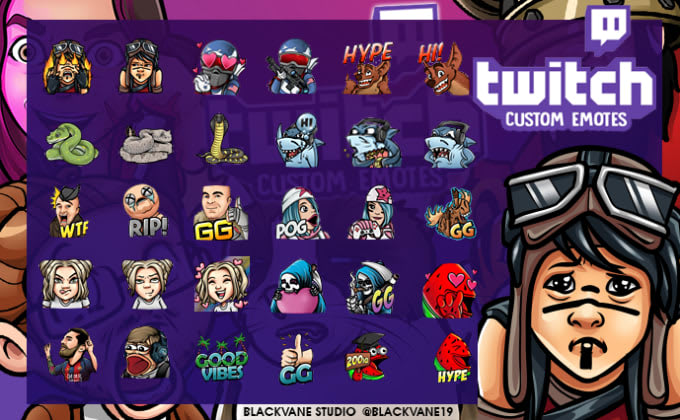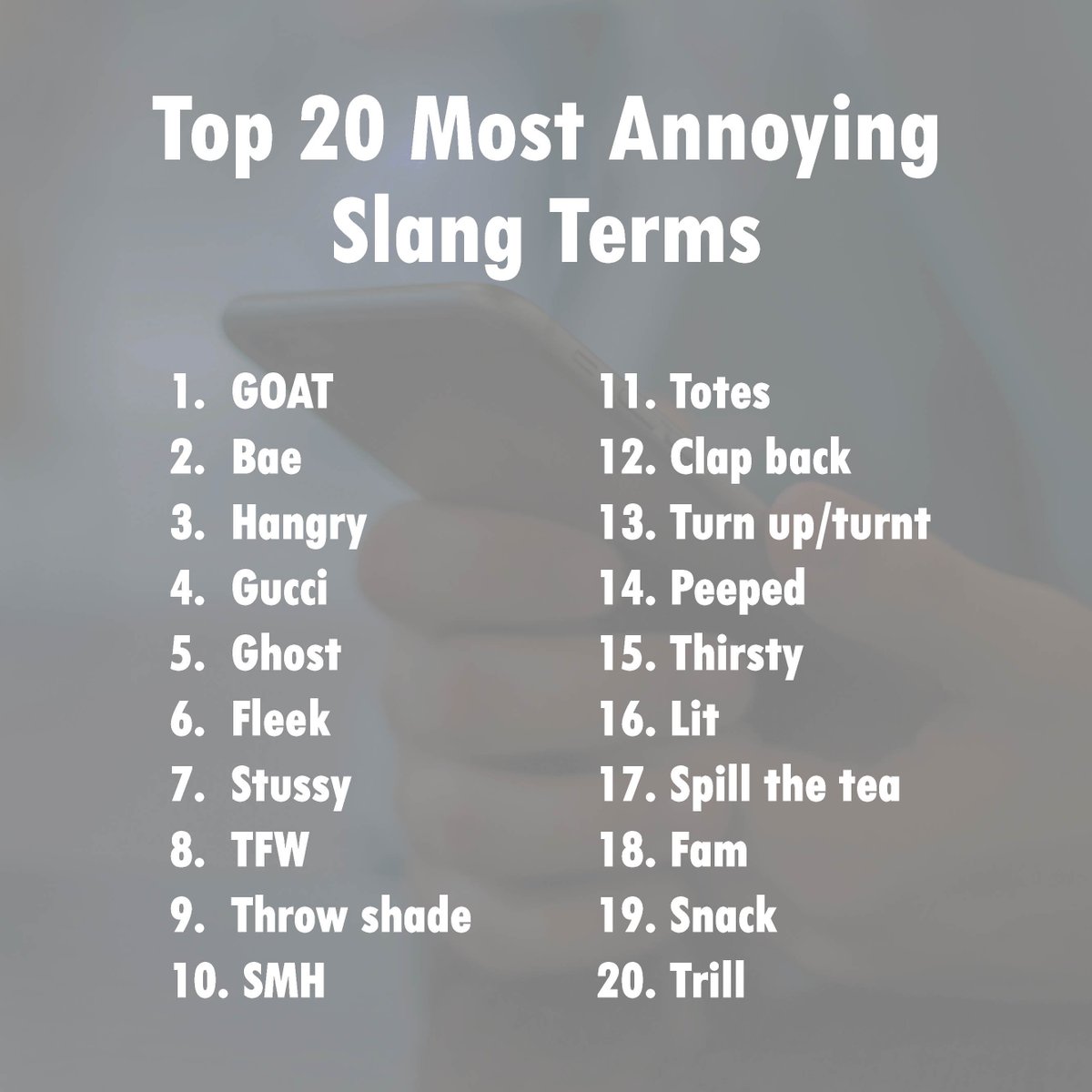
The use of the phrase, together with an image of a cartoon frog from a 2005 comic by artist Matt Furie, became a far-right meme in the 2010s. Tracing the shift in the meaning of an emote as it evolves can even reveal a complete inversion or negation of its original sentiment or intent.įor instance, the researchers note that the original alt-right misuse of the eponymous FeelsGoodMan Pepe-the-frog meme has almost completely lost its original political flavor in the context of its usage on Twitch. Bait and Switchĭespite their novelty and often-brief lives, Twitch emotes frequently recycle cultural material (including older emotes) in a way that can steer sentiment analysis frameworks in the wrong direction. The paper is titled FeelsGoodMan: Inferring Semantics of Twitch Neologisms, and comes from three researchers at Spiketrap, a social media analysis company in San Francisco. Neighbors of the ‘FeelsGoodMan' emote, whose meaning can be altered by obscure suffixes.

Since they are by definition new expressions, the challenge for a machine learning system is not necessarily to endlessly catalogue new emotes (which may only be used once, or else fall out of usage rapidly), but to gain a better understanding of the framework that endlessly generates them and to develop systems capable of recognizing an emote as a ‘temporarily valid' word or compound phrase whose emotional/political temperature may need to be gauged entirely from context. Now, US researchers have developed a machine learning methodology to better understand, categorize and measure the ever-evolving pseudo-lexicon of emotes on the hugely popular Twitch network.Įmotes are neologisms used on Twitch to express emotion, mood, or in-jokes. Researchers from Taiwan studied the use of animated reaction GIFs as ‘reductive indicators' of sentiment in a 2021 paper.Įarlier this year, a research effort led by Boston University trained machine learning models to predict image memes that are likely to go viral on Twitter and in August, British researchers examined the growth of emojis in comparison to emoticons (there's a difference) on social media, compiling a large-scale 7-language dataset of pictographic Twitter sentiment. The paper found that image-based responses are in many ways easier to gauge, since they are less likely to contain sarcasm, a notable challenge in sentiment analysis. In July, a paper from Taiwan offered a new method to categorize user sentiment based on ‘reaction GIFs' posted to social media threads (see image below), using a database of 30,000 tweets to develop a way to predict reactions to a post. Since the limited number of highly populous social media platforms are the only truly hyperscale resource for this kind of research, it's essential for the AI sector to at least attempt to maintain pace with it.


Though Natural Language Processing (NLP) has become a powerful tool in sentiment analysis over the last decade, the sector has difficulty not only in keeping up with an ever-evolving lexicon of slang and linguistic shortcuts across multiple languages, but also in attempting to decode the meaning of image-based posts on social media platforms such as Facebook and Twitter. The public's growing use of emojis, emoticons, emotes, memes, GIFs and other non-verbal ways to communicate on social media platforms has, in recent years, increasingly confounded the efforts of data scientists to understand the global sociological landscape at least, to the extent that worldwide sociological trends can be discerned from public discourse.


 0 kommentar(er)
0 kommentar(er)
